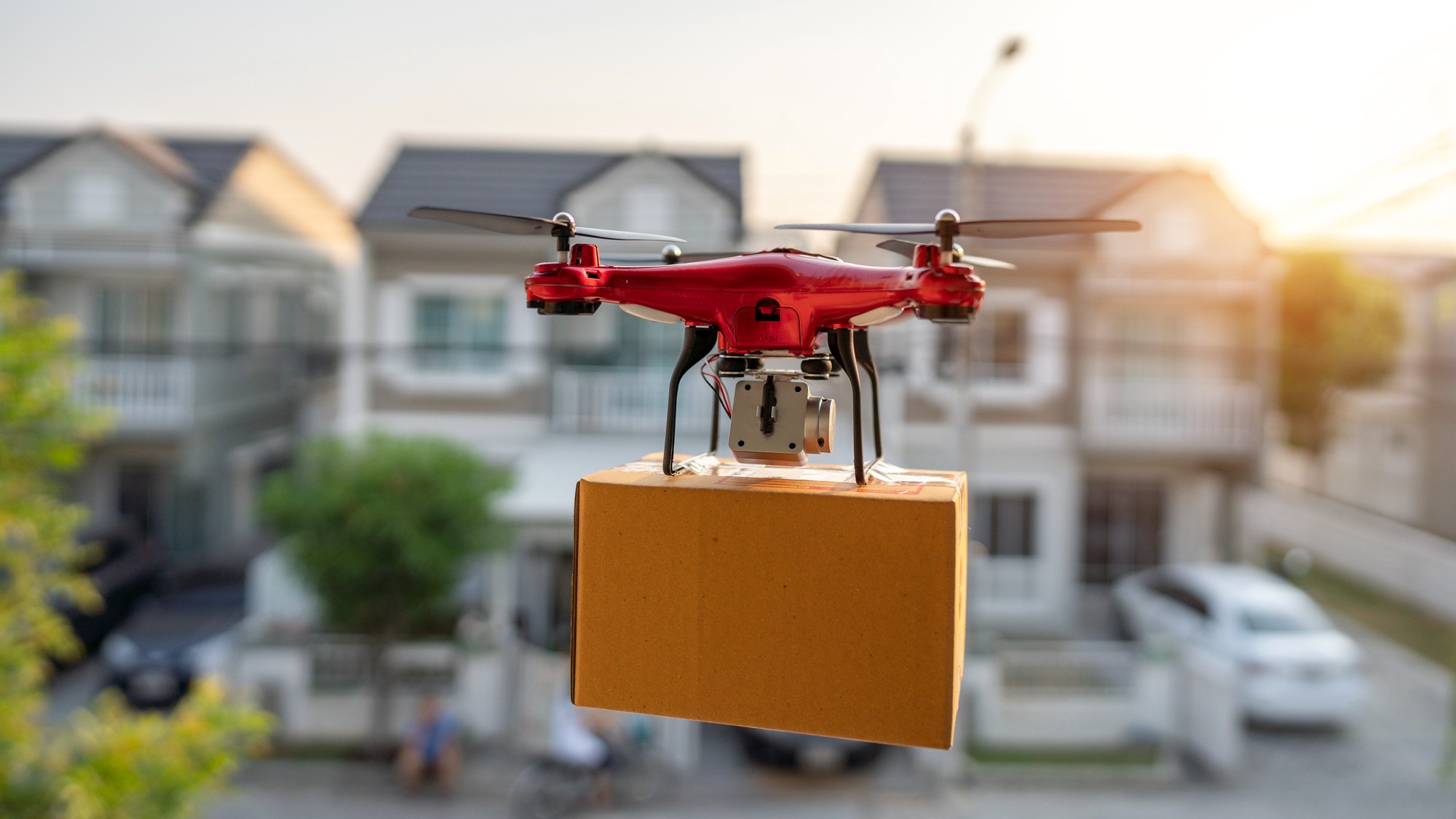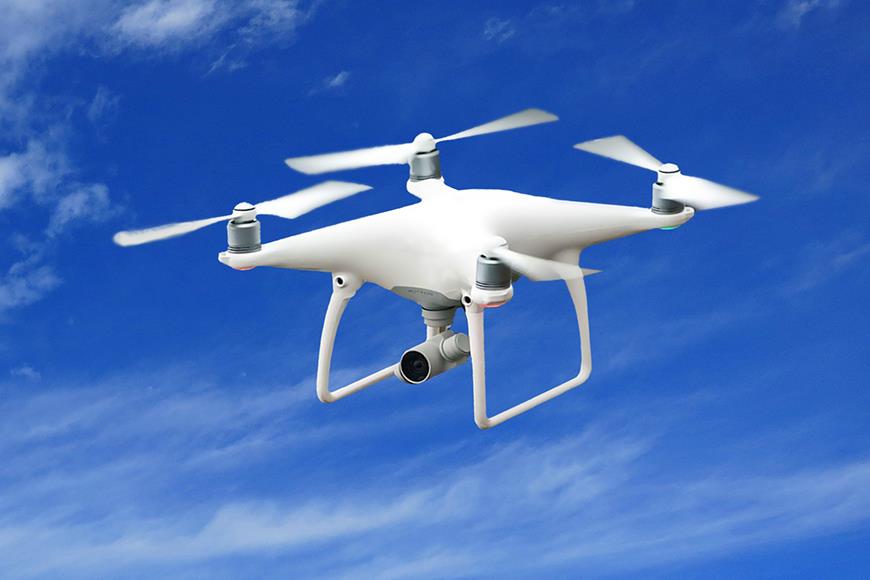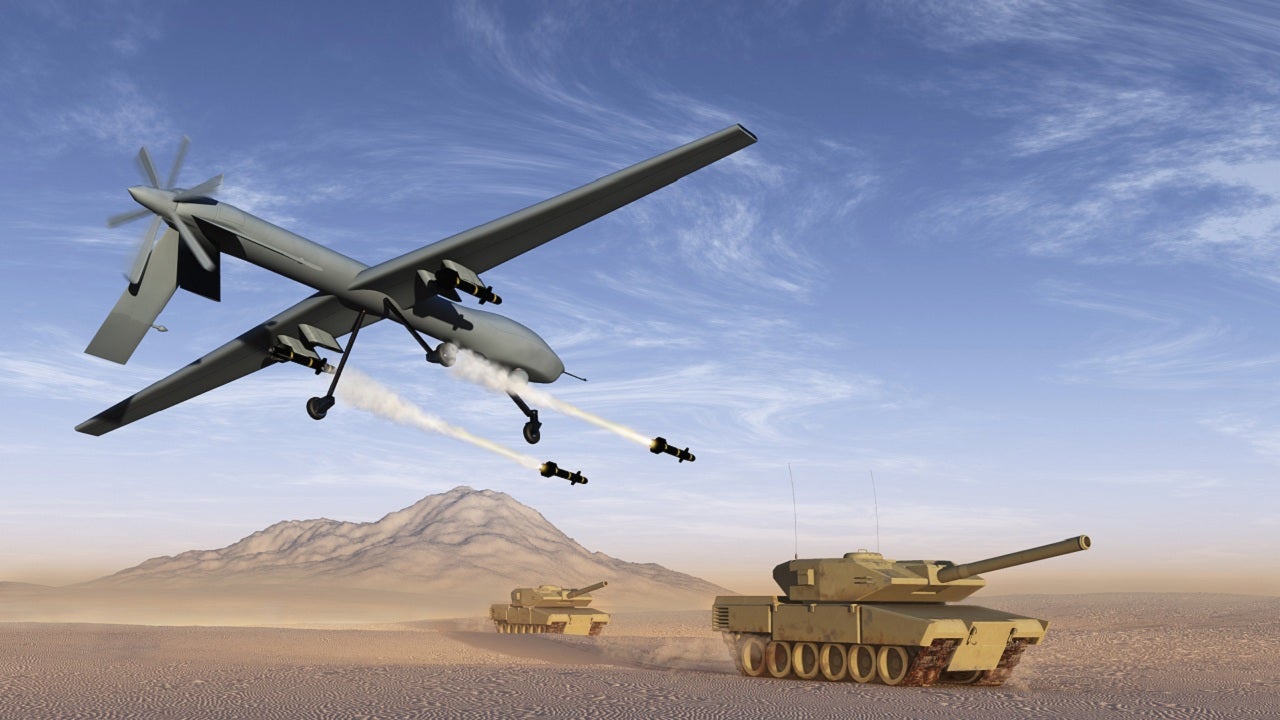In a world where speed, efficiency, and innovation drive the commerce sector, drones are emerging as game-changers in the delivery service industry. Capable of cutting down delivery times and reaching areas previously thought inaccessible, drones are transforming the way companies think about transporting goods. This article will delve into the technological advancements propelling drone delivery, the diverse sectors benefiting from these aerial vehicles, the challenges faced in their widespread adoption, the global reach of drone delivery services, and the potential ecological advantages of utilizing drones as delivery agents.
Technological Advancements in Drone Delivery
Drone technology has rapidly advanced, with significant developments in autonomous navigation systems. Modern drones are equipped with sophisticated sensors and GPS technology that allows them to navigate to precise locations and avoid obstacles independently. This has vastly improved the reliability of drones in delivering goods without human intervention, paving the way for broader applications across various sectors.
Enhancing Payload and Battery Life
Enhancements in payload capacity are allowing drones to transport larger items over longer distances. Thanks to improvements in battery technology, drones are now capable of staying airborne for longer periods and covering greater distances on a single charge. These improvements have expanded the practicality of drones for delivery services, making them a more attractive option for companies looking to improve their logistics.

Impact on Different Sectors
Revolutionizing Healthcare and Retail
Drones are significantly impacting sectors like healthcare by delivering medical supplies to remote and hard-to-reach areas, thereby saving lives. Retailers are also exploring drone delivery to offer customers unprecedented convenience and faster service—ensuring that products like electronics, books, and even food can be delivered within a fraction of the conventional delivery times.
Enabling Agriculture and Environmental Monitoring
Agriculture has seen benefits from drone technology as well, with drones being used to distribute seeds, fertilizers, or pesticides efficiently across large fields. Moreover, they play an increasingly pivotal role in environmental monitoring, delivering the necessary tools to track changes in ecosystems and respond to environmental disasters more swiftly.

Challenges in Mainstream Drone Deployment
Safety and Regulatory Hurdles
While the potential for drones is vast, their widespread adoption faces safety and regulatory challenges. Ensuring drones don’t collide with other aircraft, infringe on people’s privacy, or land in secure areas is imperative. Many countries have established stringent regulations that companies must navigate if they want to use drones in their delivery operations, and compliance with these regulations can often be a complex process.
Addressing Public Perception and Infrastructure
Public perception of drones, especially concerns about noise and safety, poses an additional challenge to their mass adoption. Moreover, there is a need for infrastructural development, such as drone ports and reliable communication networks, to support large-scale drone delivery systems. These issues require comprehensive solutions that balance technological feasibility with societal acceptance.

Global Reach: Drones in Different Geographies
Adoption by Major Corporations Worldwide
Globally, companies like Amazon, UPS, and DHL are experimenting with and slowly integrating drone delivery systems. In countries like Rwanda and Ghana, drones are delivering medical supplies, showcasing how they can serve communities that are usually not accessible by conventional transportation methods.
Drone Delivery in Varied Terrain
The versatility of drones makes them ideal for use in a variety of terrains—from urban landscapes to mountainous regions. Drones have the unique advantage of being unaffected by ground infrastructure limitations, making them particularly effective for delivering goods to islands, rural areas, or regions with underdeveloped infrastructure.

Environmental Benefits of Drone Deliveries
Reducing Carbon Footprint
Drones are typically powered by electricity, which, when sourced from renewable energy, can greatly reduce the carbon footprint of delivery services. Replacing ground vehicles with drones for certain deliveries could lead to decreased emissions, contributing to a more sustainable future.
Lowering Congestion and Its Associated Costs
Aerial drone delivery systems provide the potential to alleviate traffic congestion, particularly in urban areas. By taking delivery vehicles off the roads, drones could reduce traffic jams, lower the costs associated with time delays and fuel consumption, and minimise wear and tear on public roads.

Enhancing Consumer Experience and Expectations
Meeting the Demand for Speedy Delivery
In an age where consumers expect rapid gratification, drones are delivering on the promise of speed. They can bypass busy streets and congested highways to deliver items in a fraction of the time it would take ground transportation. As companies begin to integrate drone deliveries into their services, consumers will likely come to expect the convenience and speed this technology can provide, raising the bar for delivery standards across the board.
Personalization and Precision in Service
Drones don’t just deliver quickly; they offer a level of precision and personalization that traditional methods can’t match. With their ability to pinpoint exact locations for drop-offs, consumers can receive packages in their backyard, at a community park, or even while on the move if the situation allows. There’s potential for user settings that tell drones exactly where and how to deliver, making the entire process suit individual preferences like never before.
Bridging the Rural-Urban Divide
Opening Up Remote Access
Drone delivery services carry profound implications. They have the potential to bridge the urban-rural divide. In cities, drones offer fast and convenient service. In rural areas, they can be a lifeline. They grant access to goods and services that may otherwise be hours away. This can level the playing field. It can stimulate economic growth in remote areas. Residents gain access to a broader market. Businesses find new customer bases through this service.
Expanding Healthcare Accessibility
Healthcare is one sector where drone delivery can have an immediate and significant impact on rural communities. Emergency medications, blood supplies, and vital medical equipment can be delivered to remote clinics much faster than would be possible by land. This capability is crucial in time-sensitive situations and could dramatically improve outcomes in medical emergencies. The potential to save lives underscores the important role that drones could play in making healthcare more accessible to all.
In conclusion, drone technology is rapidly advancing and holds the promise to revolutionize global delivery services. From boosting efficiency and reaching inaccessible areas to reducing ecological footprints, drones are set to transform the logistics landscape. For drones to become mainstream in the delivery industry, several factors need to align. Technological innovations must advance. Regulatory progress is necessary. Public acceptance needs to grow. Infrastructural development is crucial. As the industry overcomes these hurdles, drones will likely become a staple in delivery services. This will mark a new era of prompt and efficient distribution of goods worldwide.
